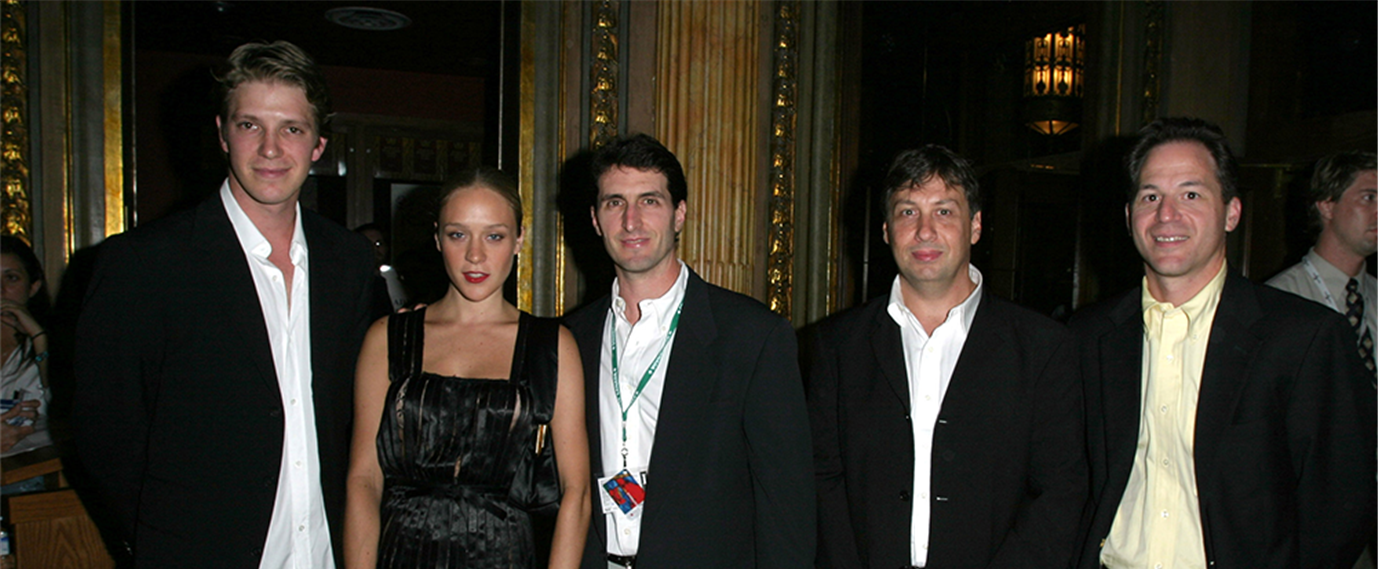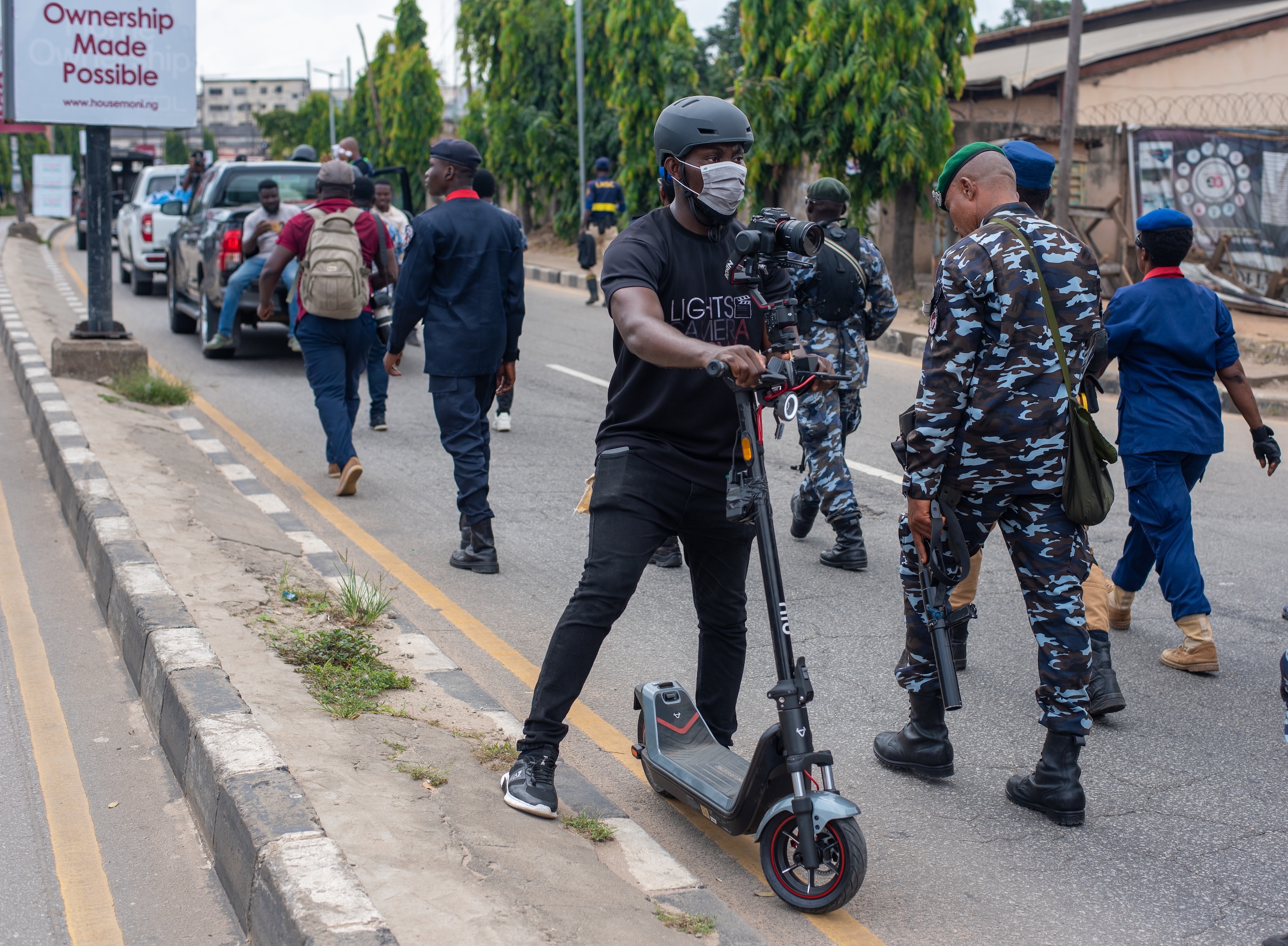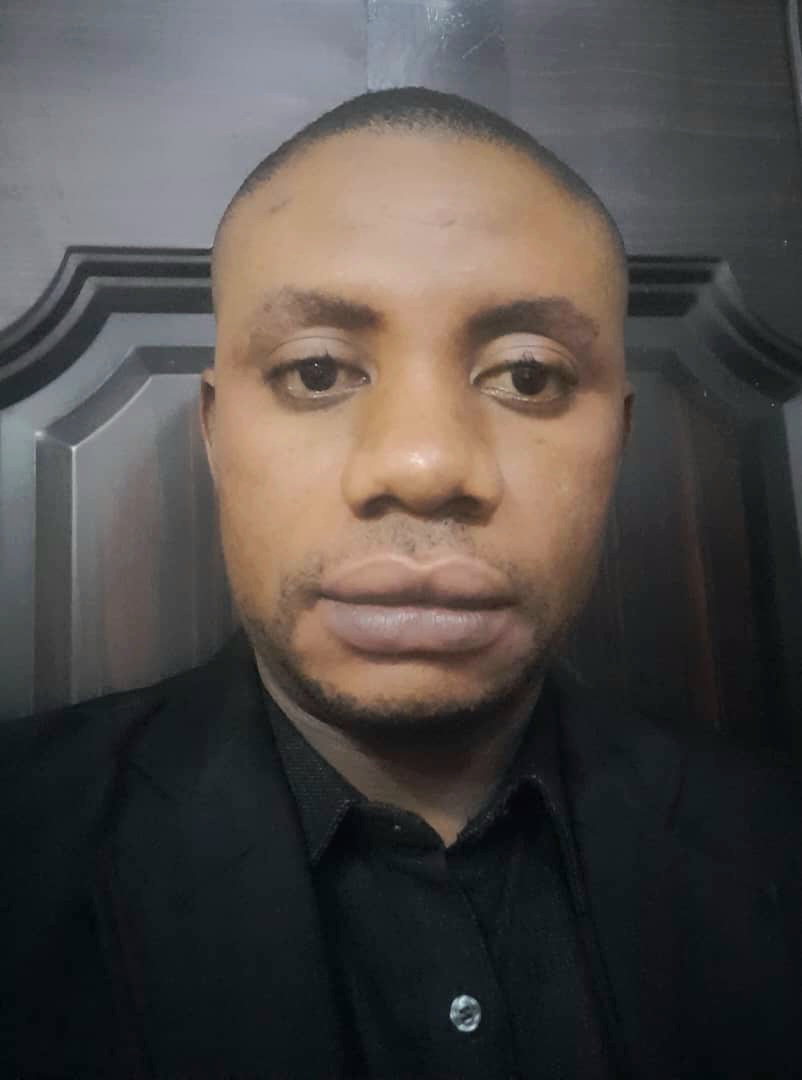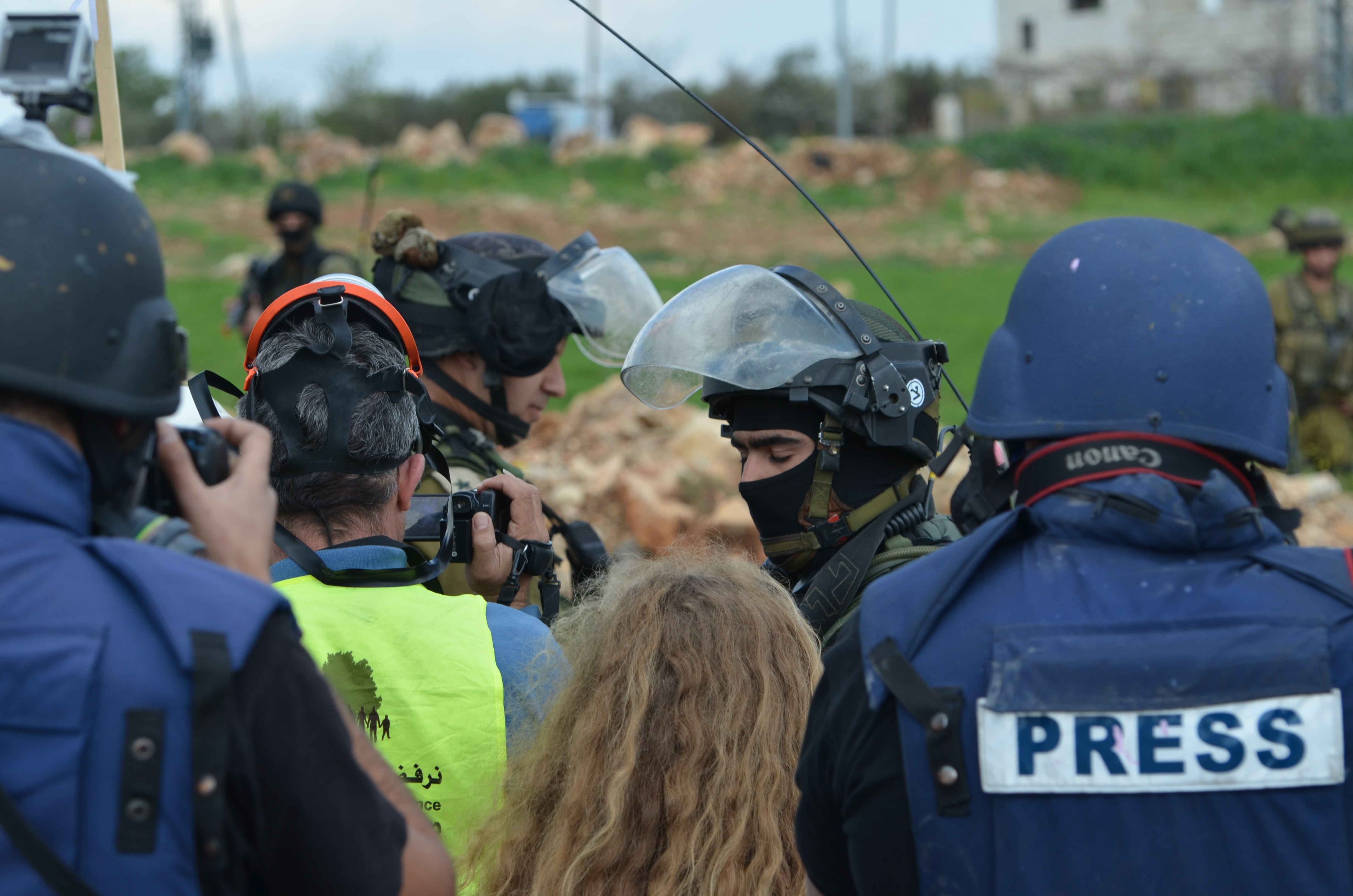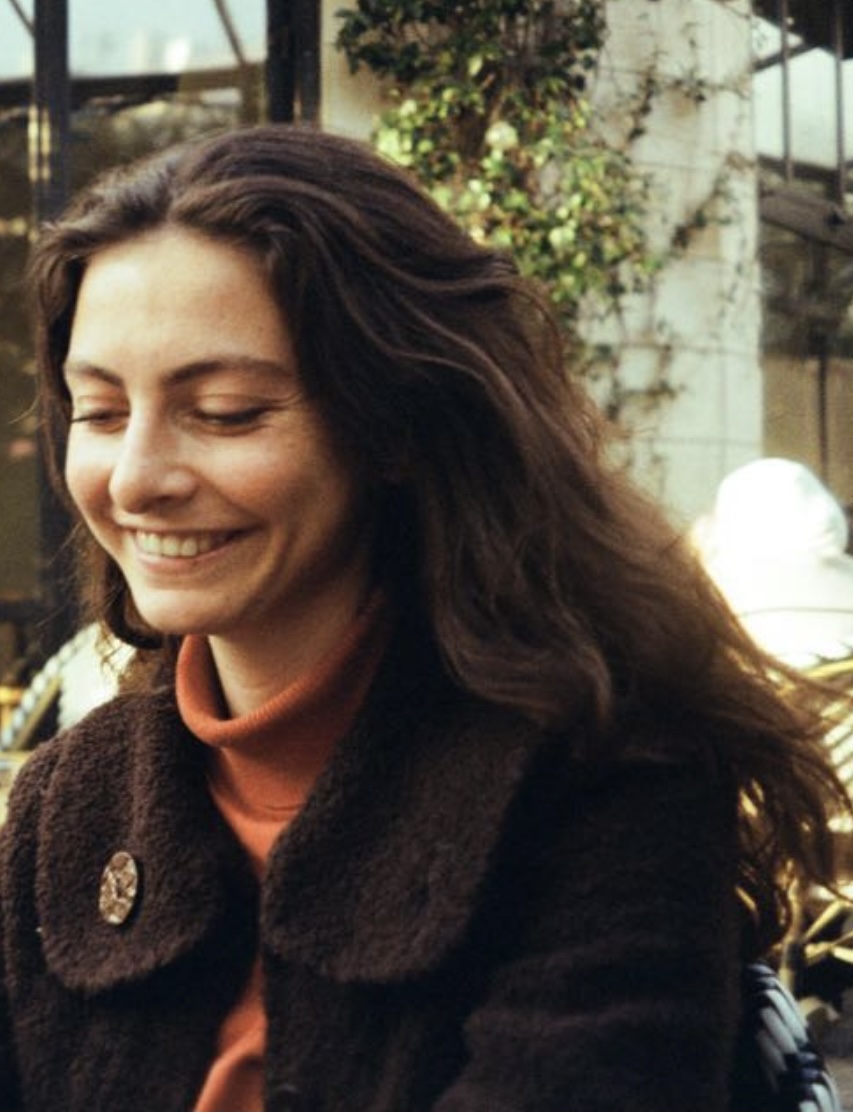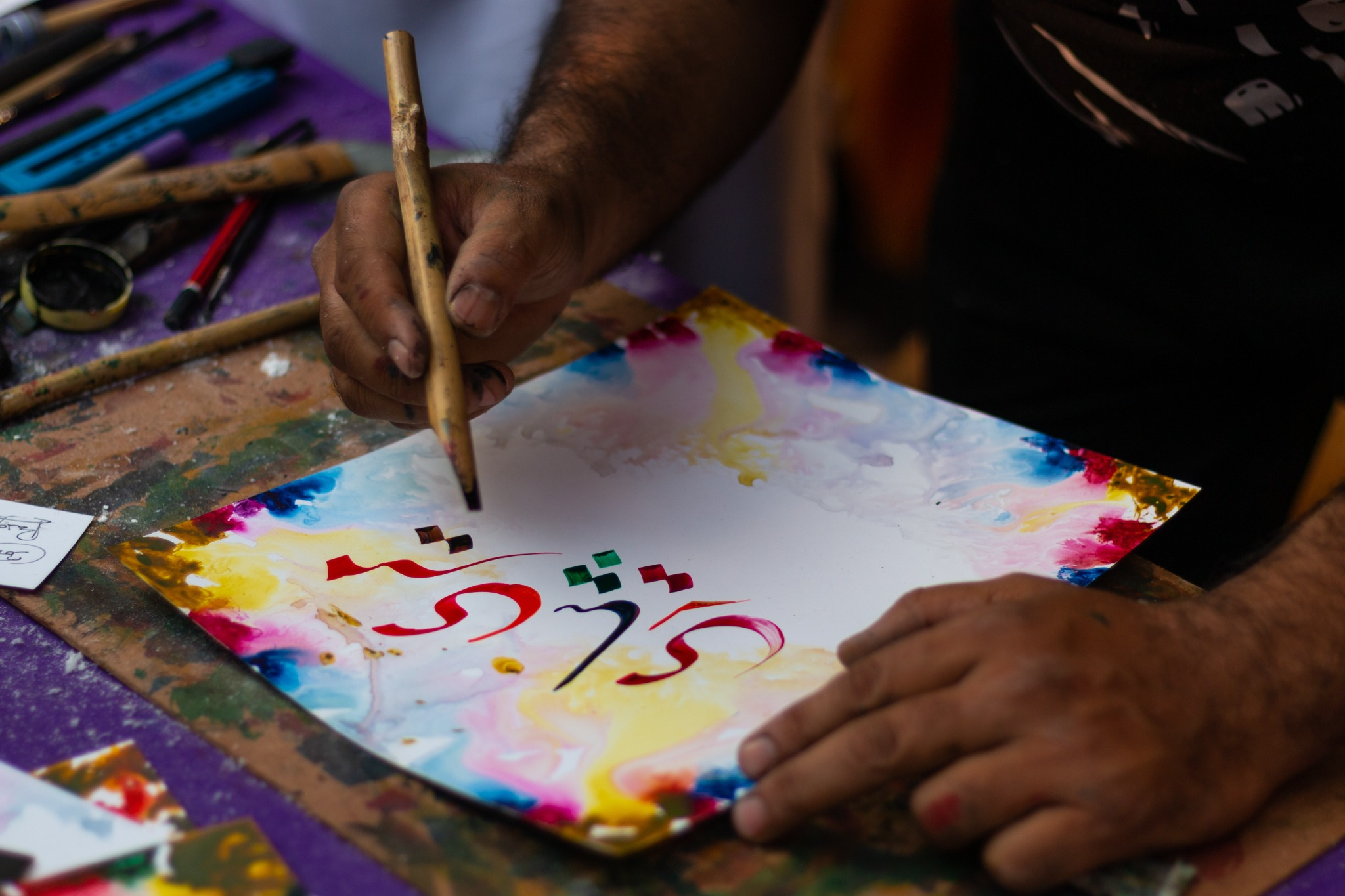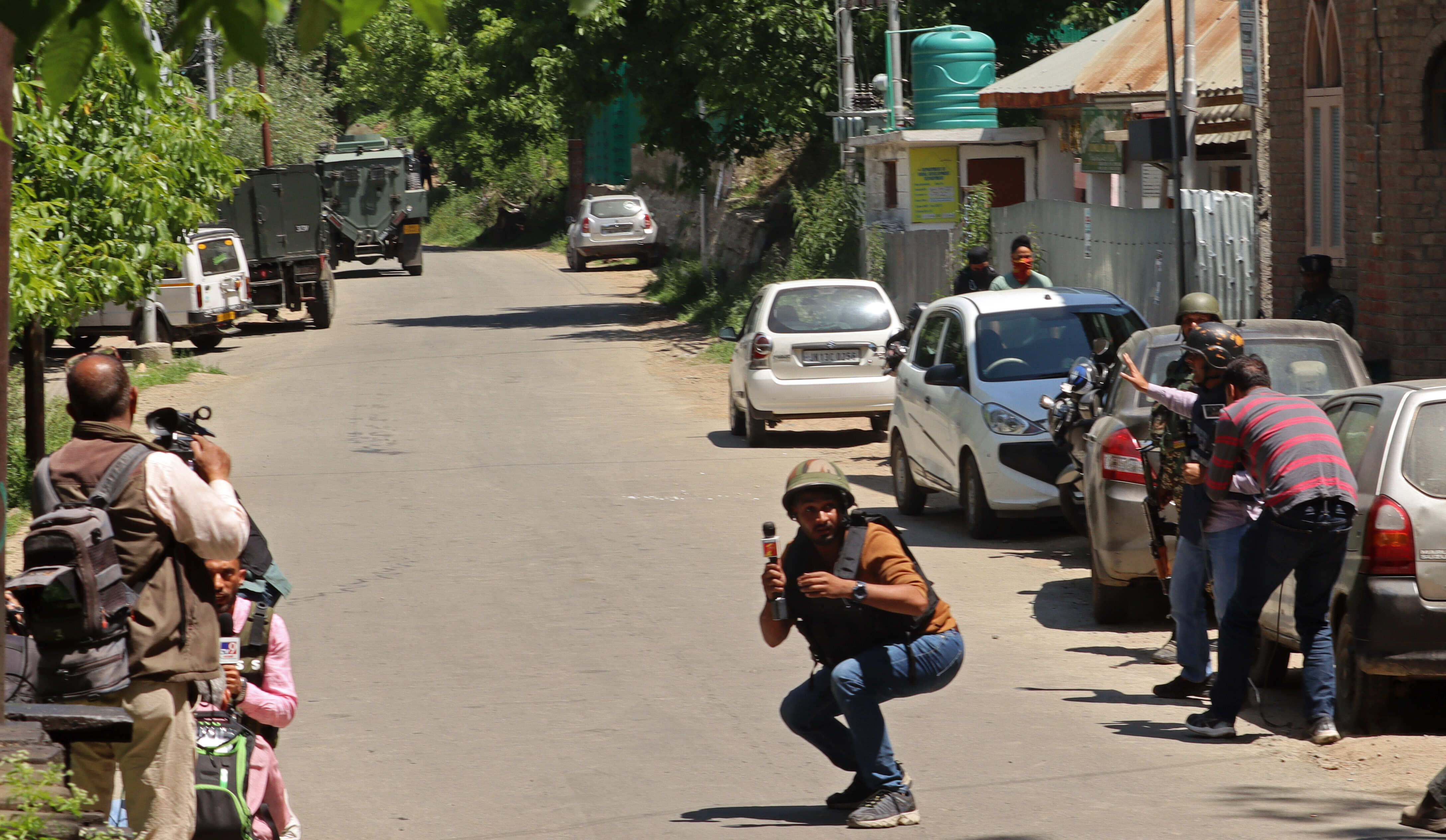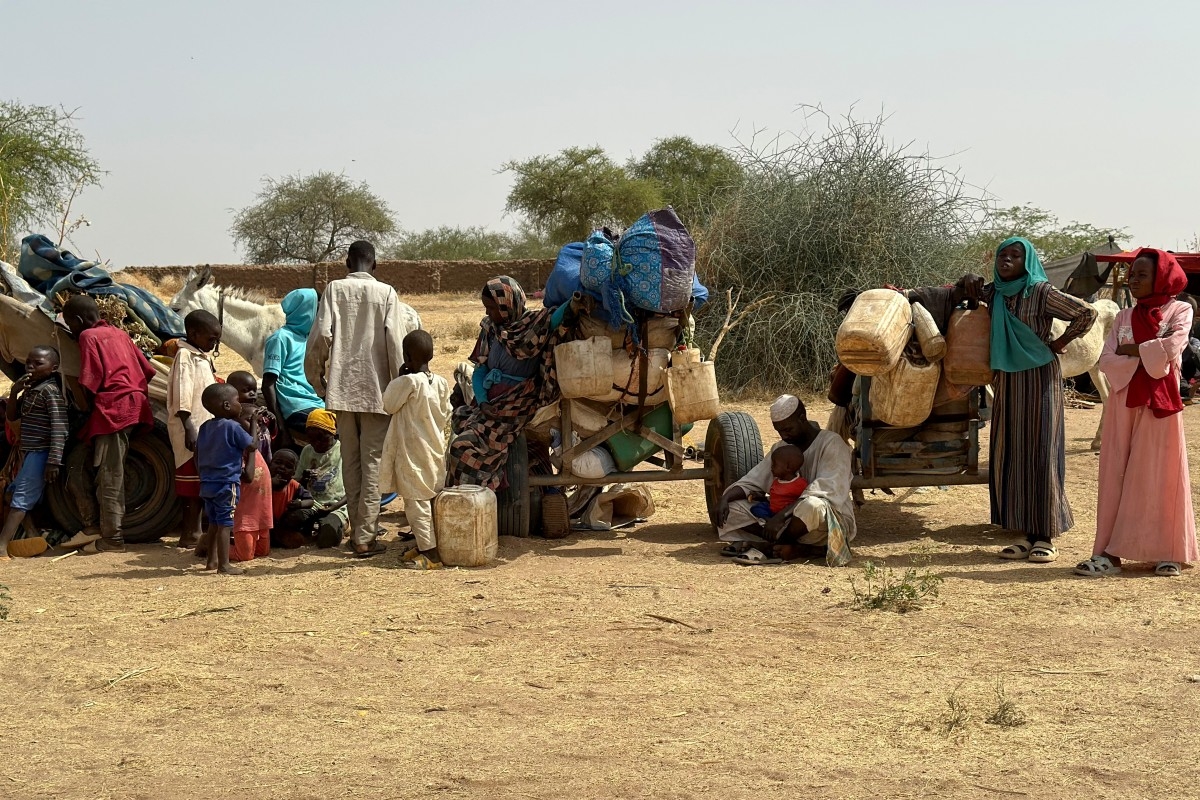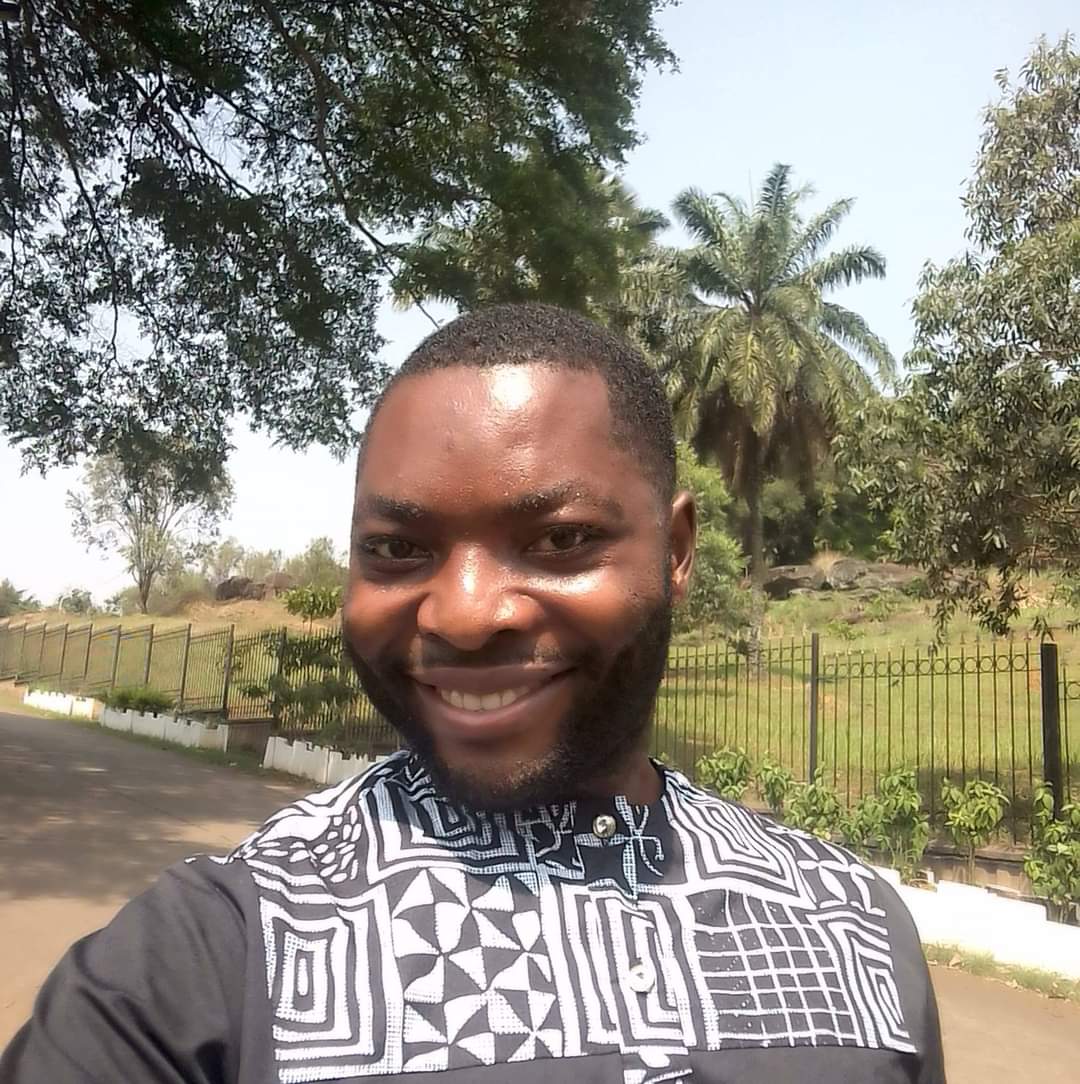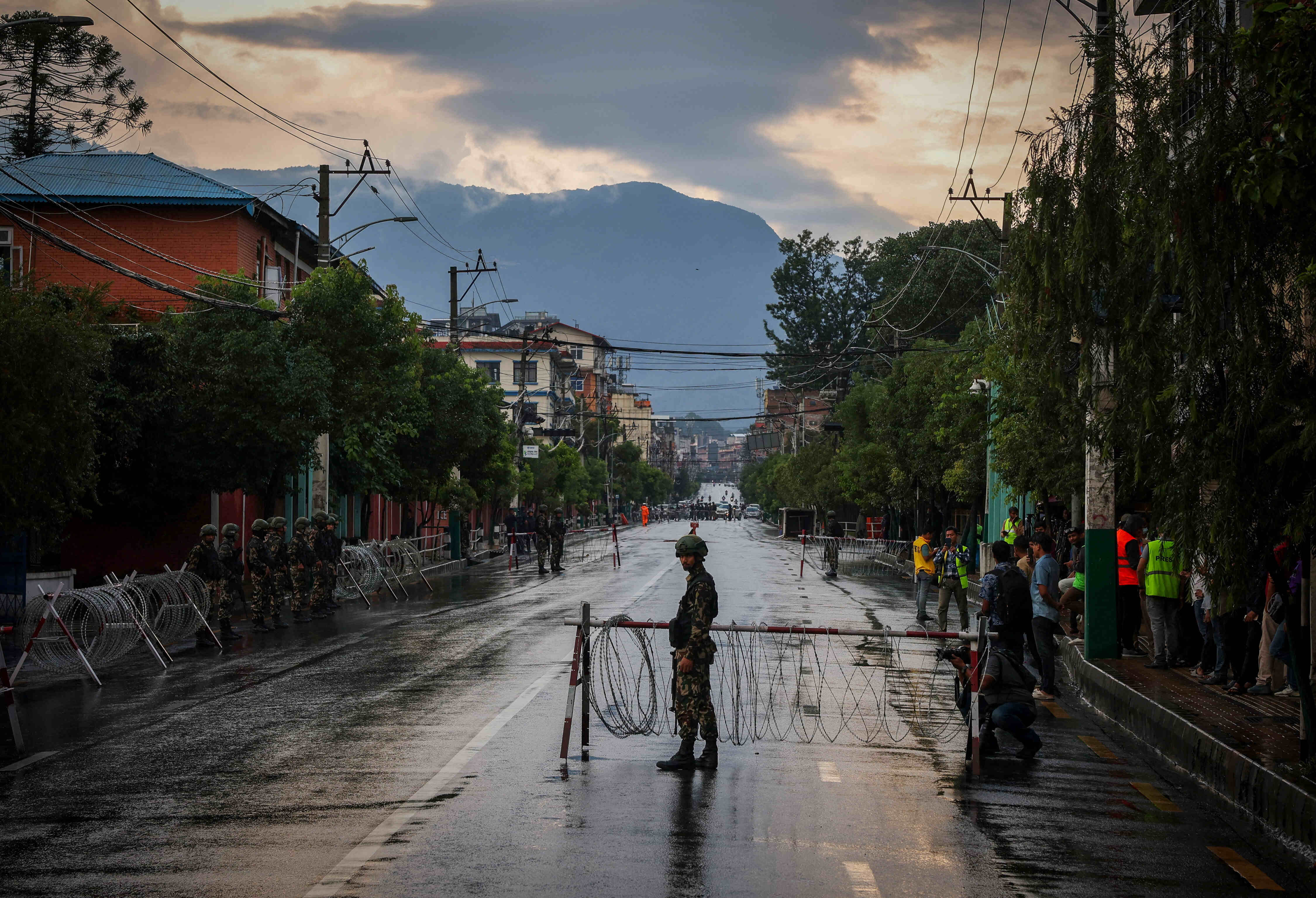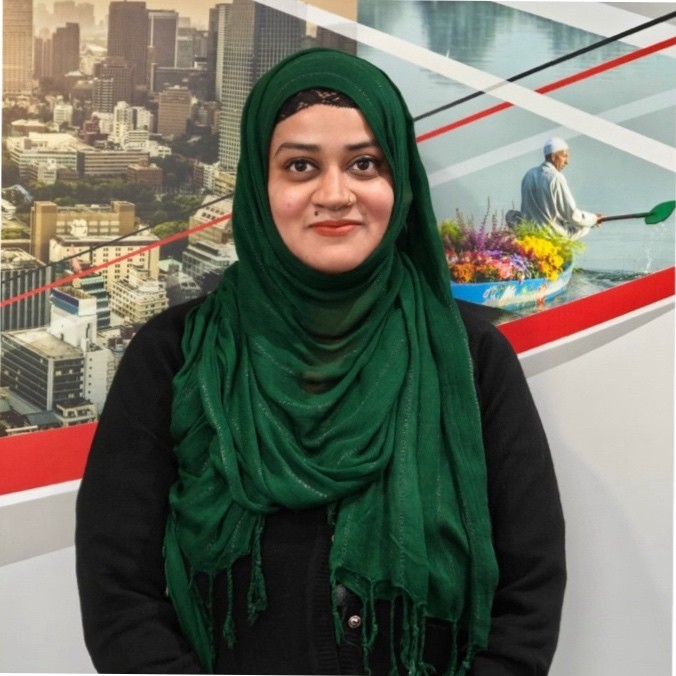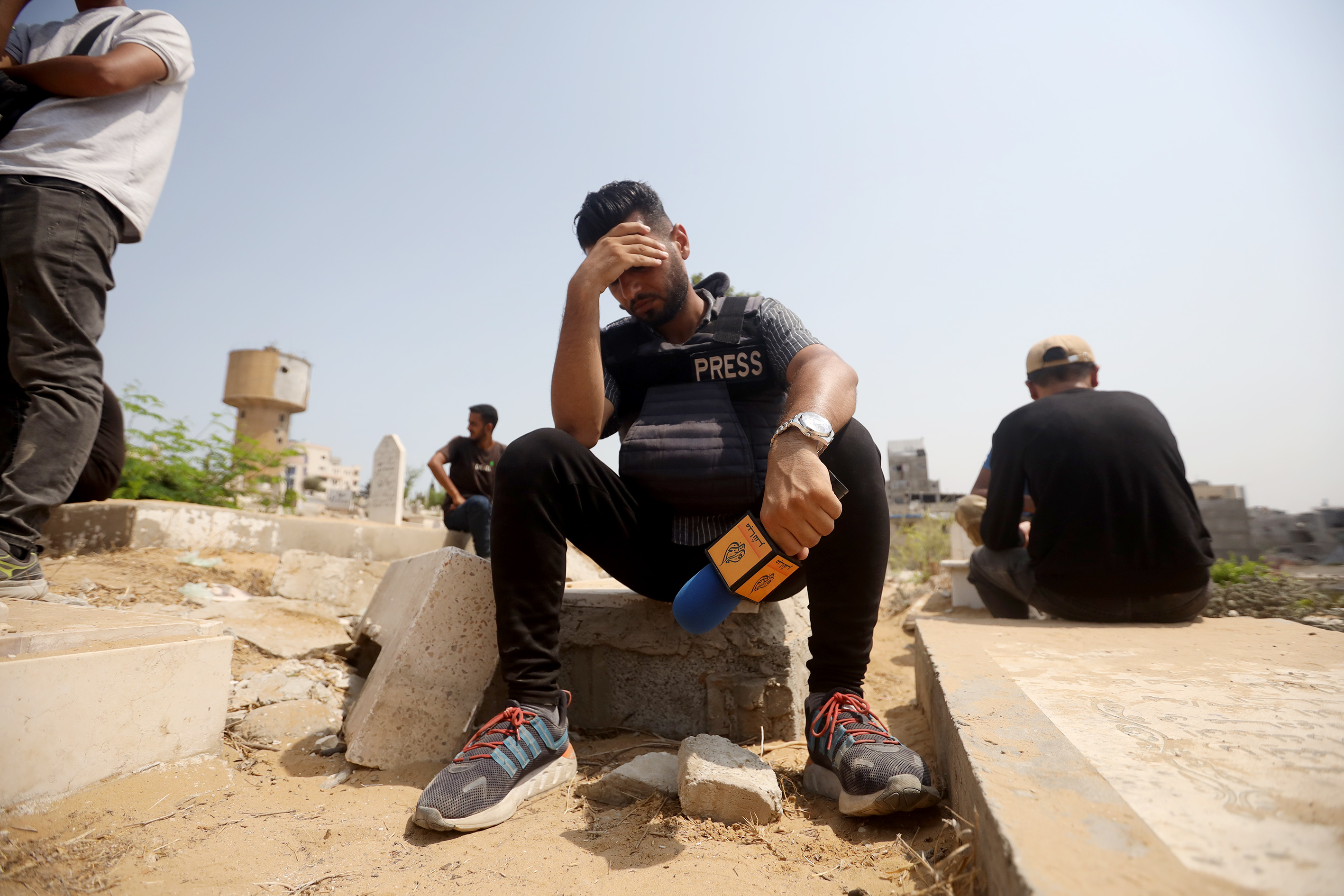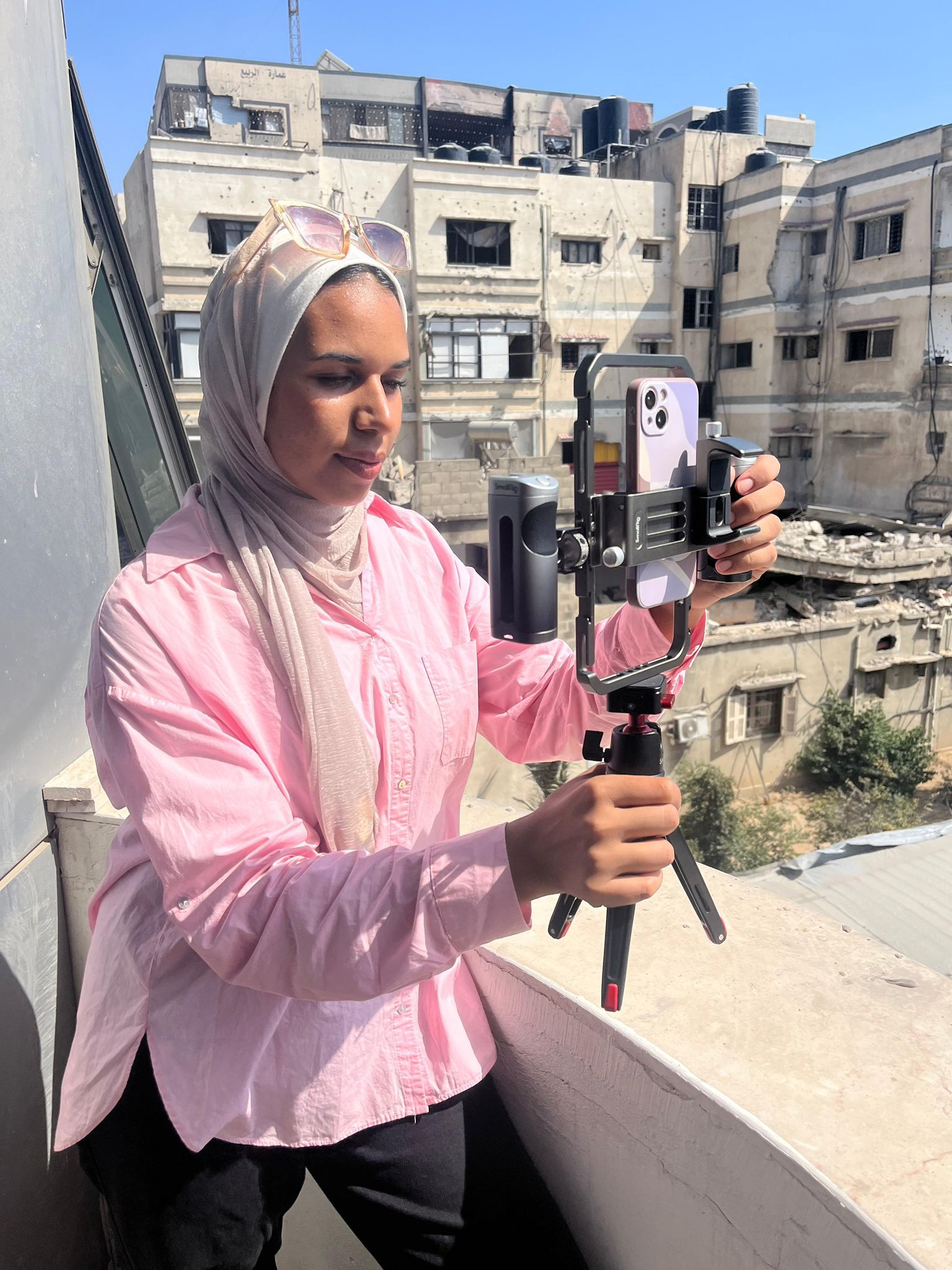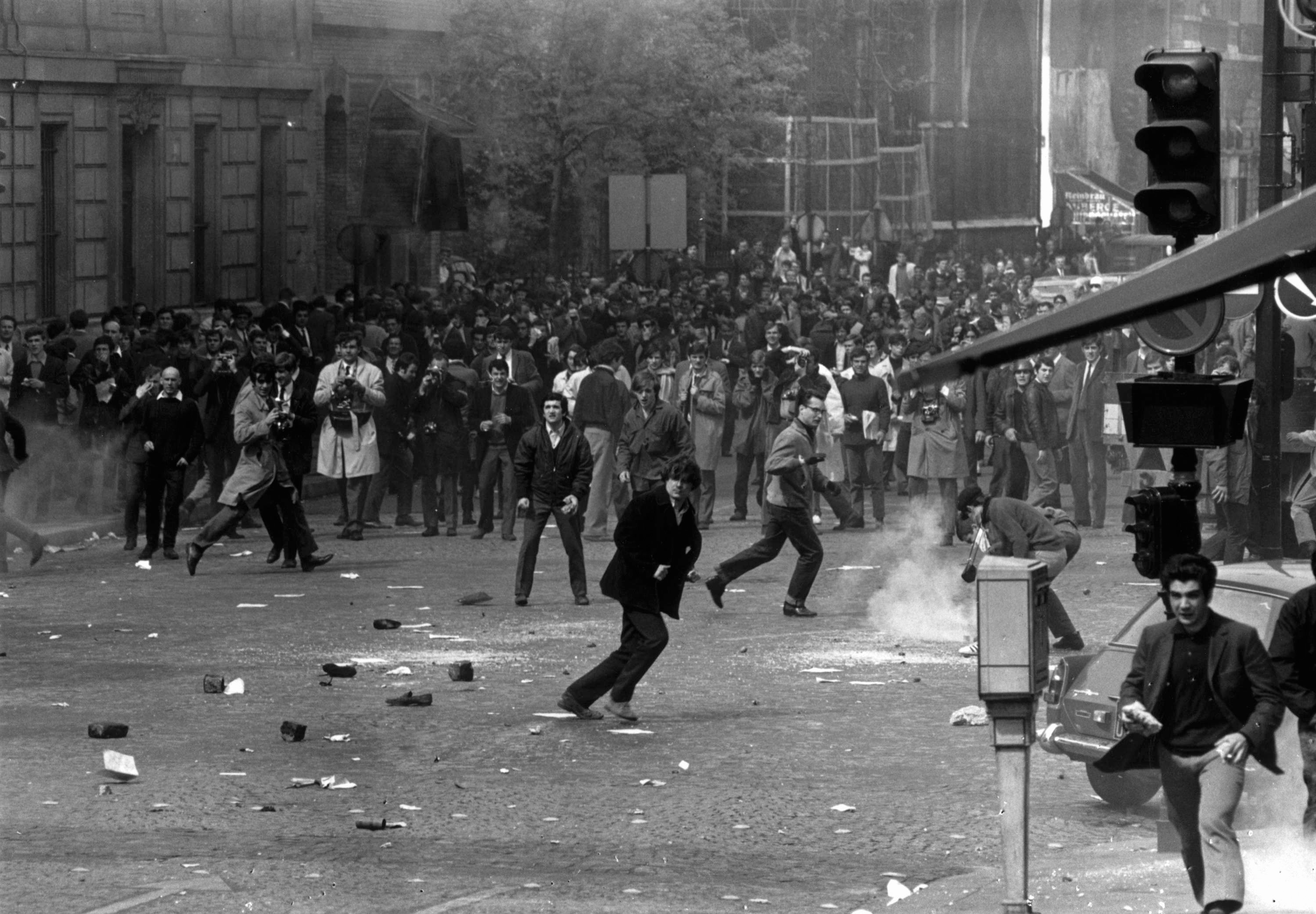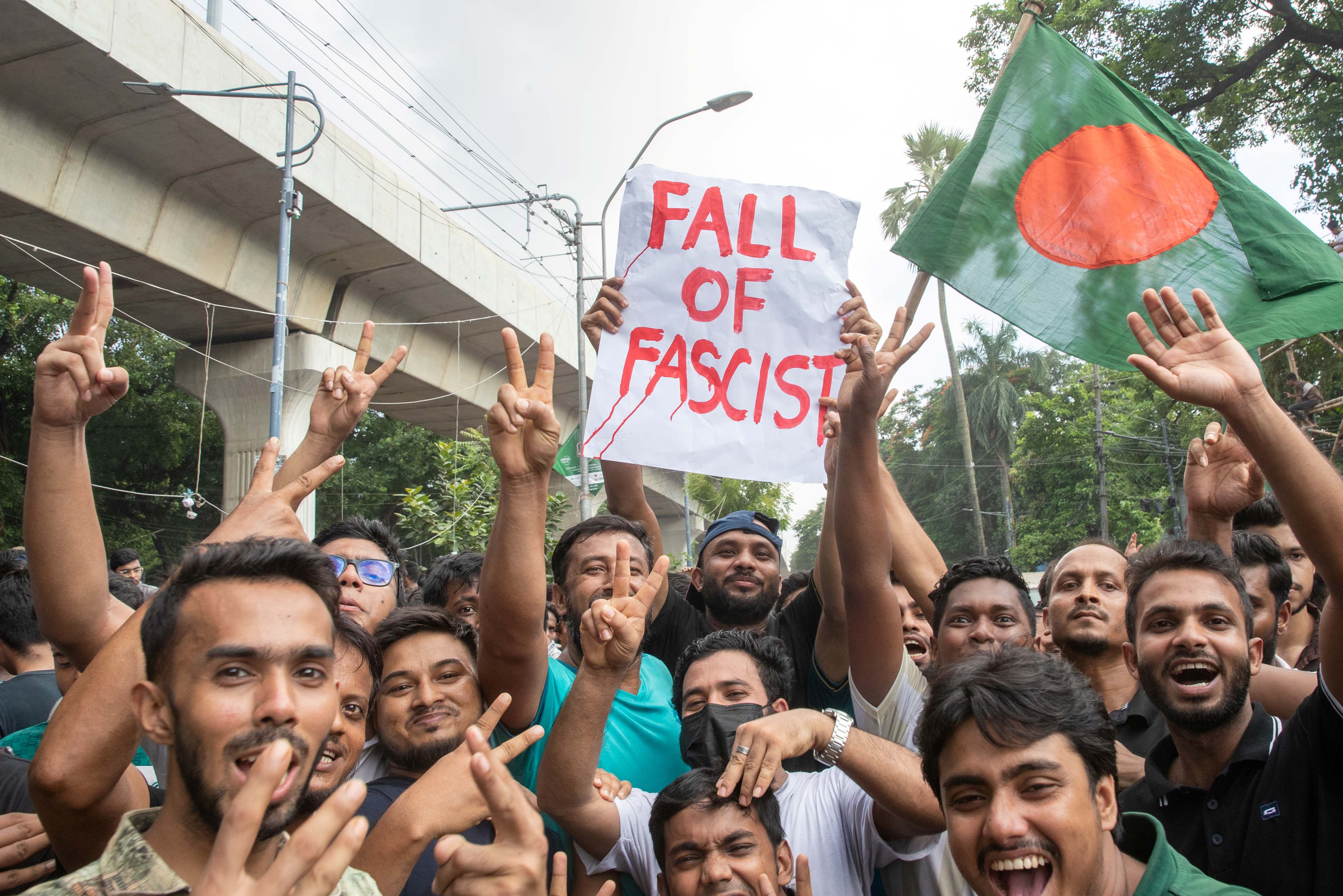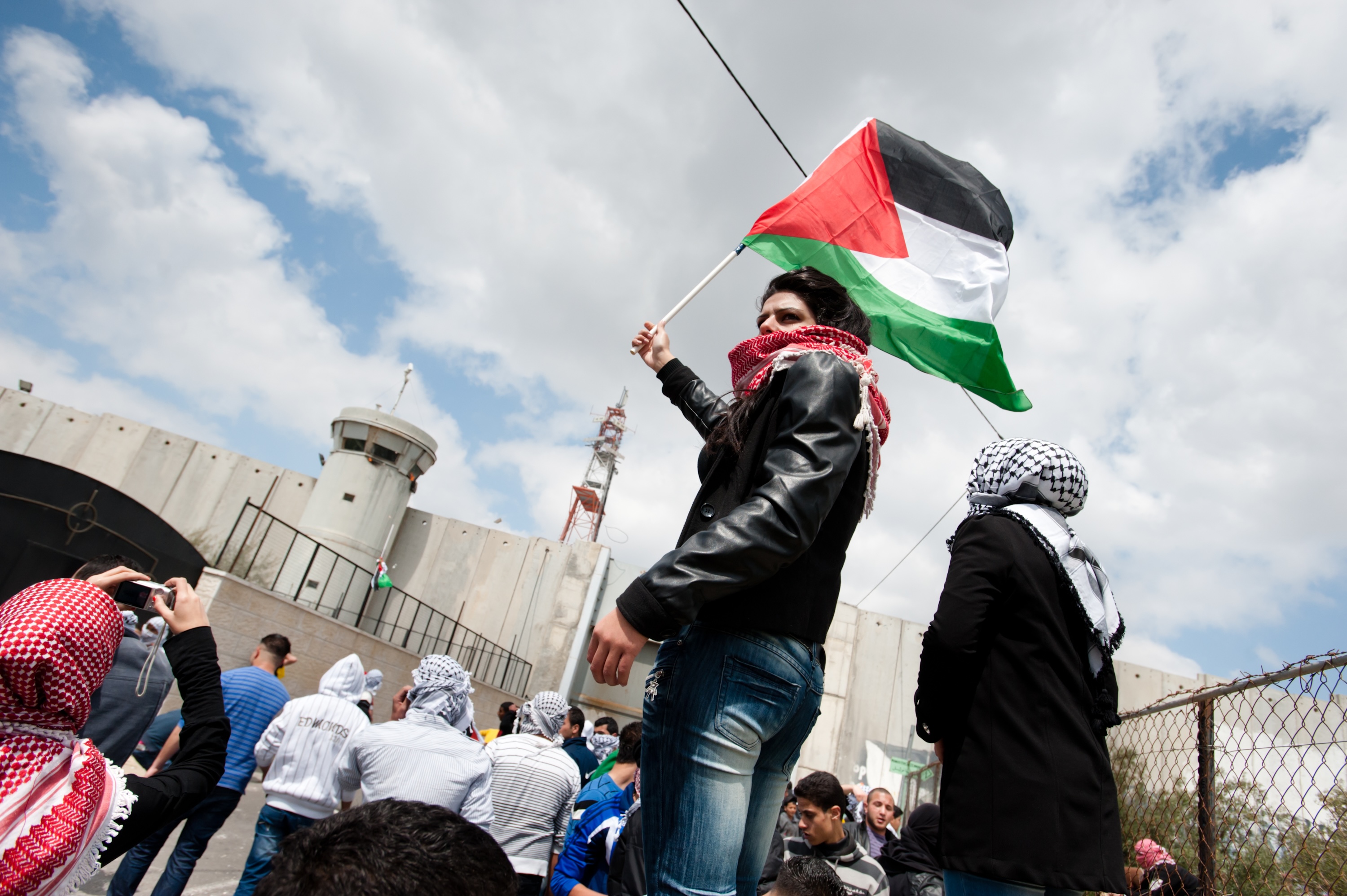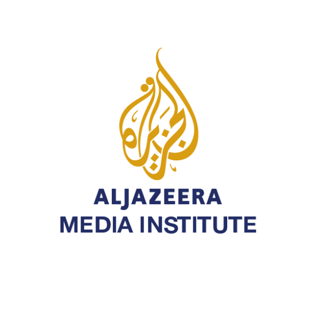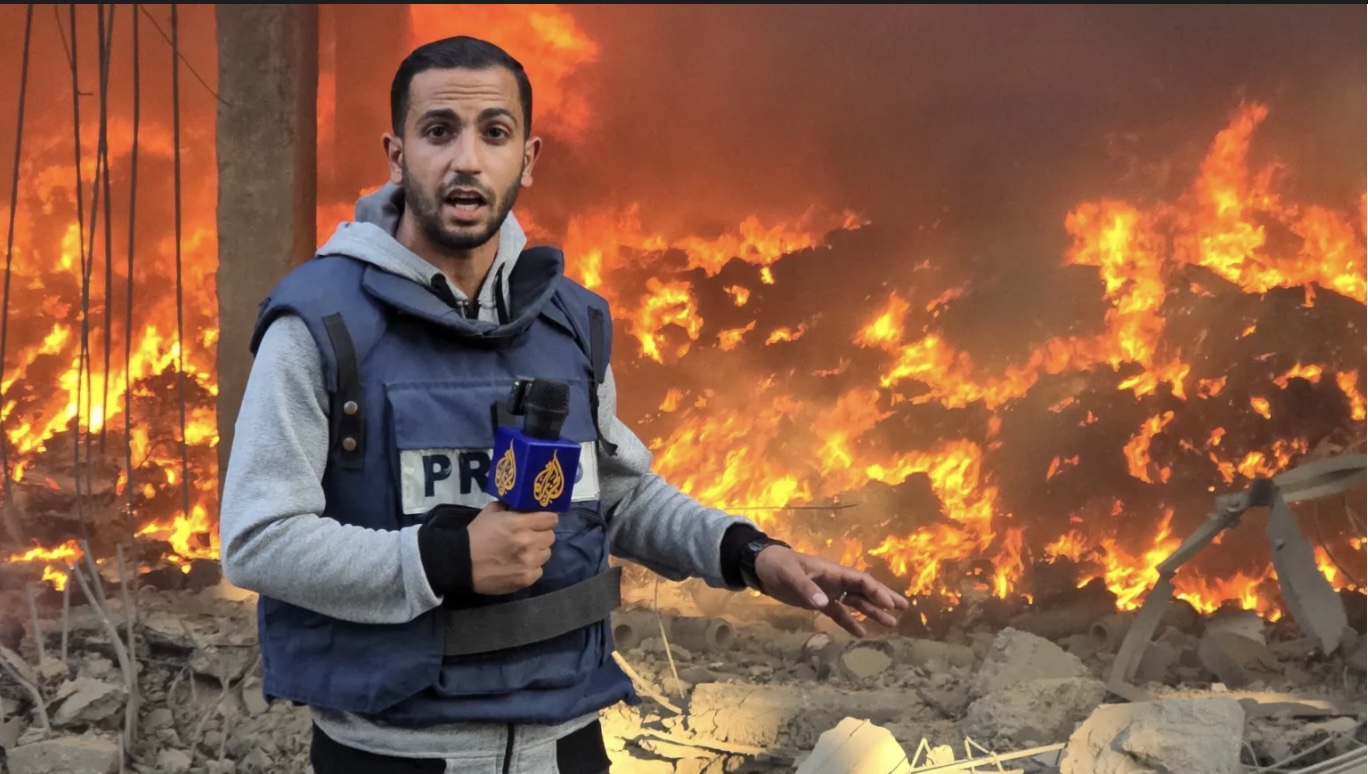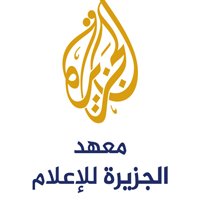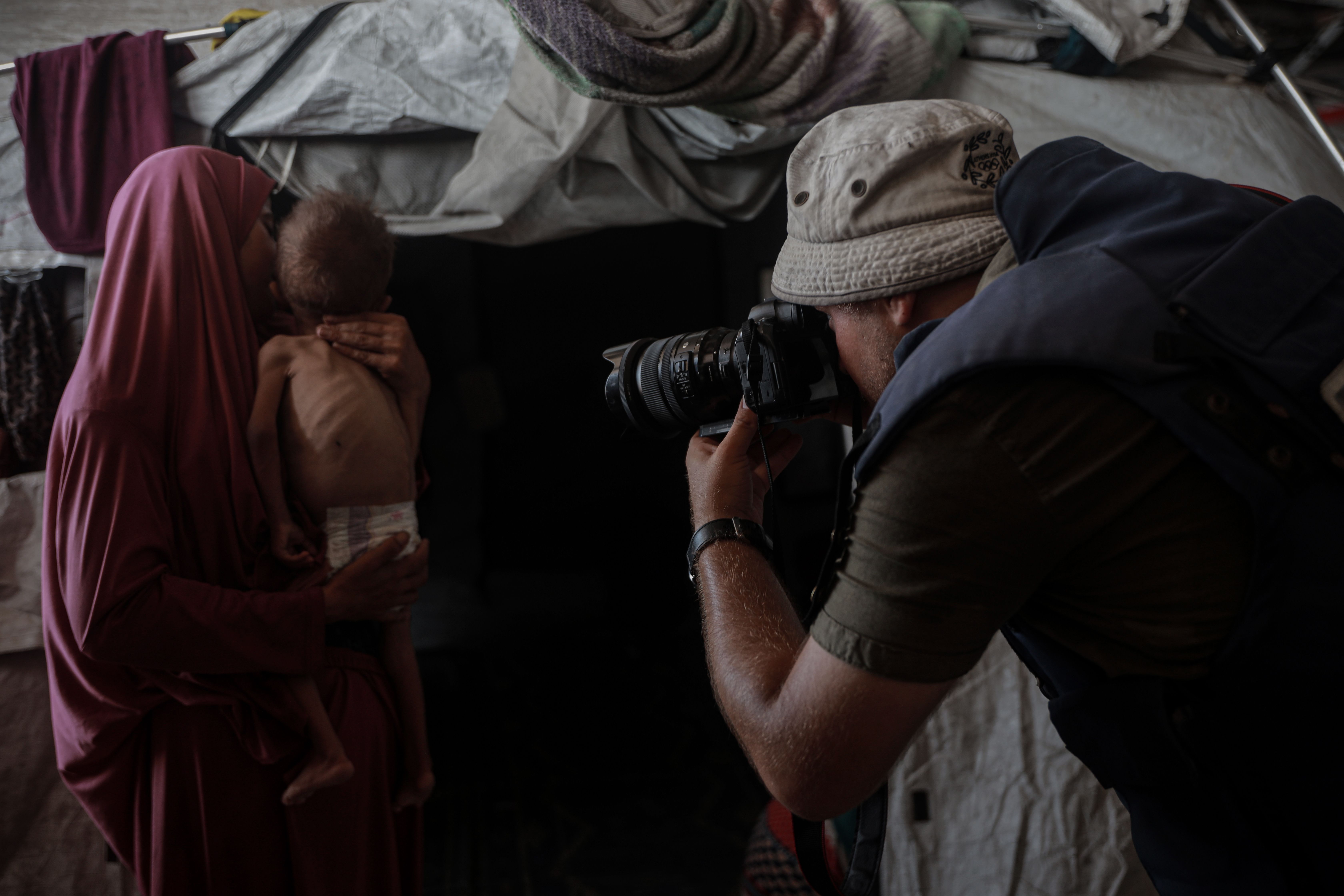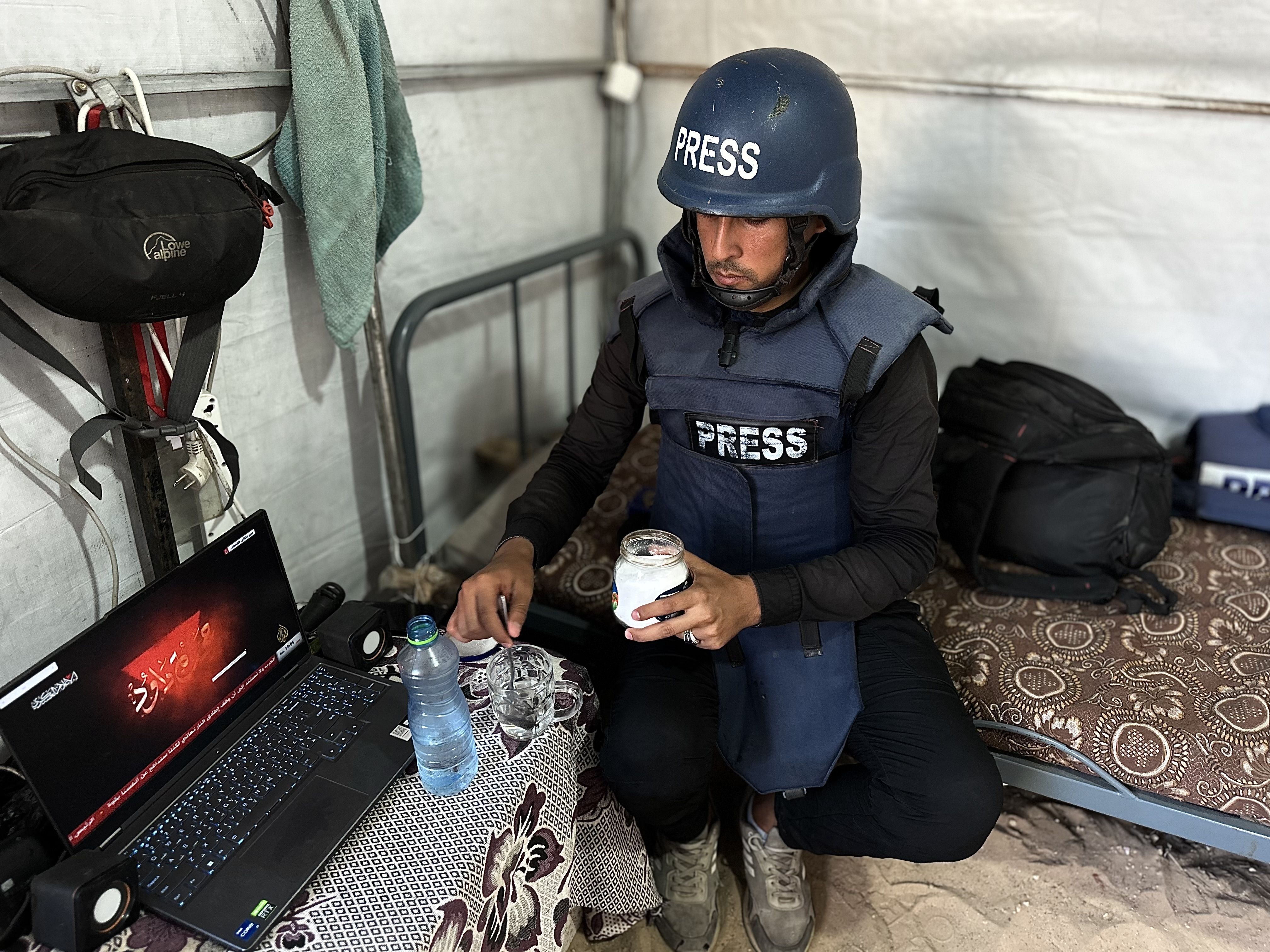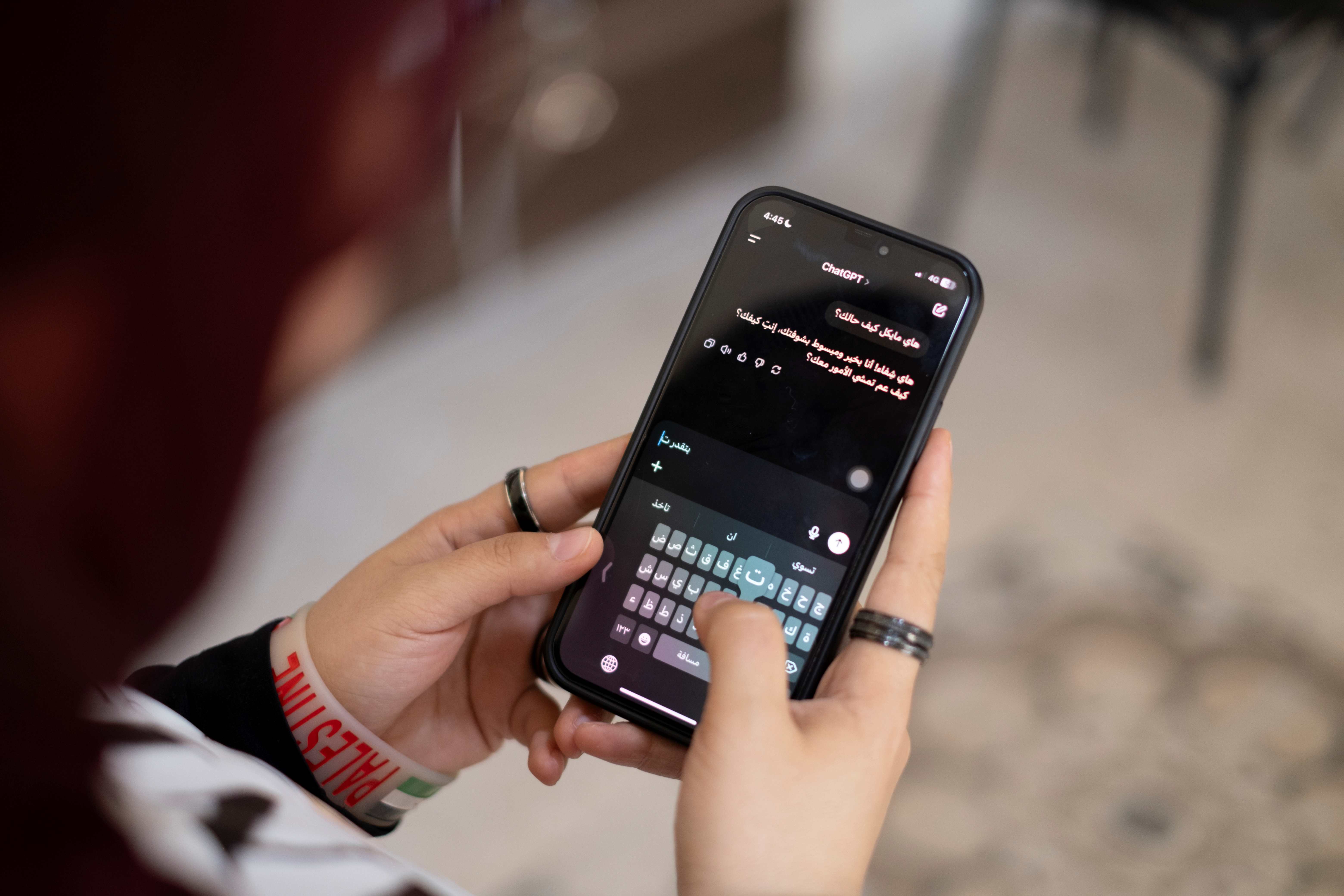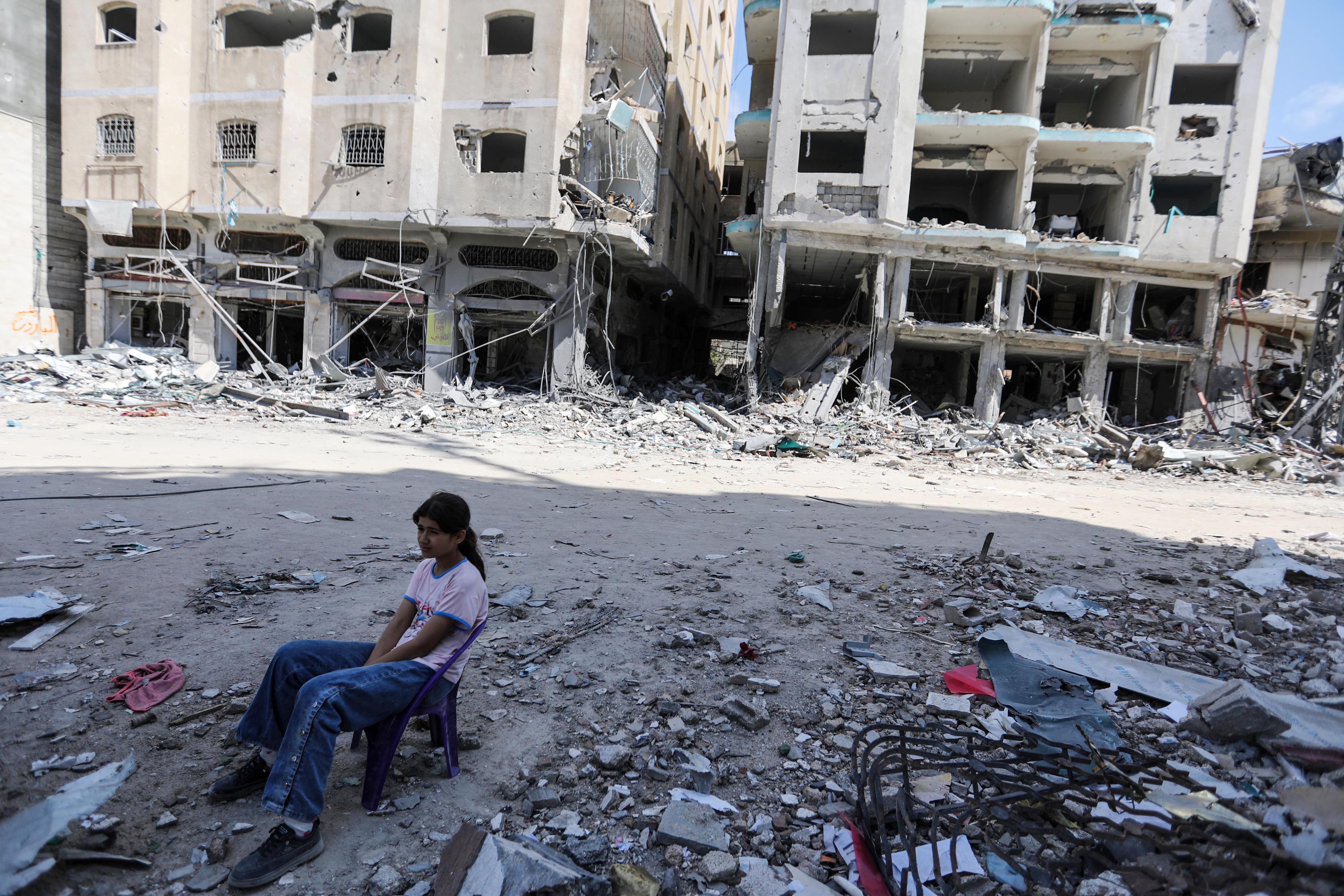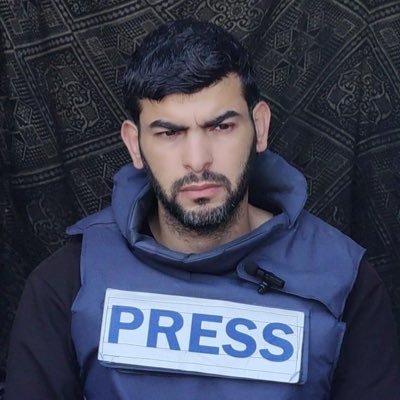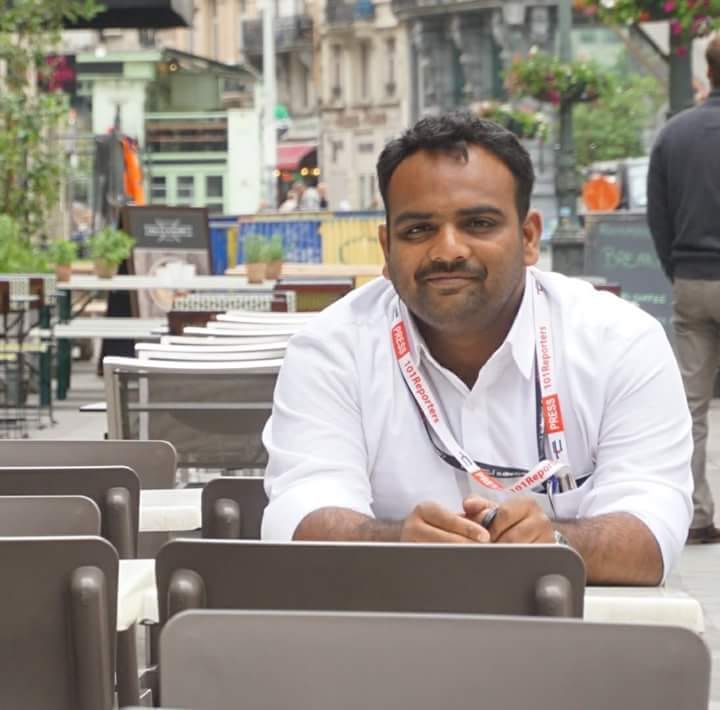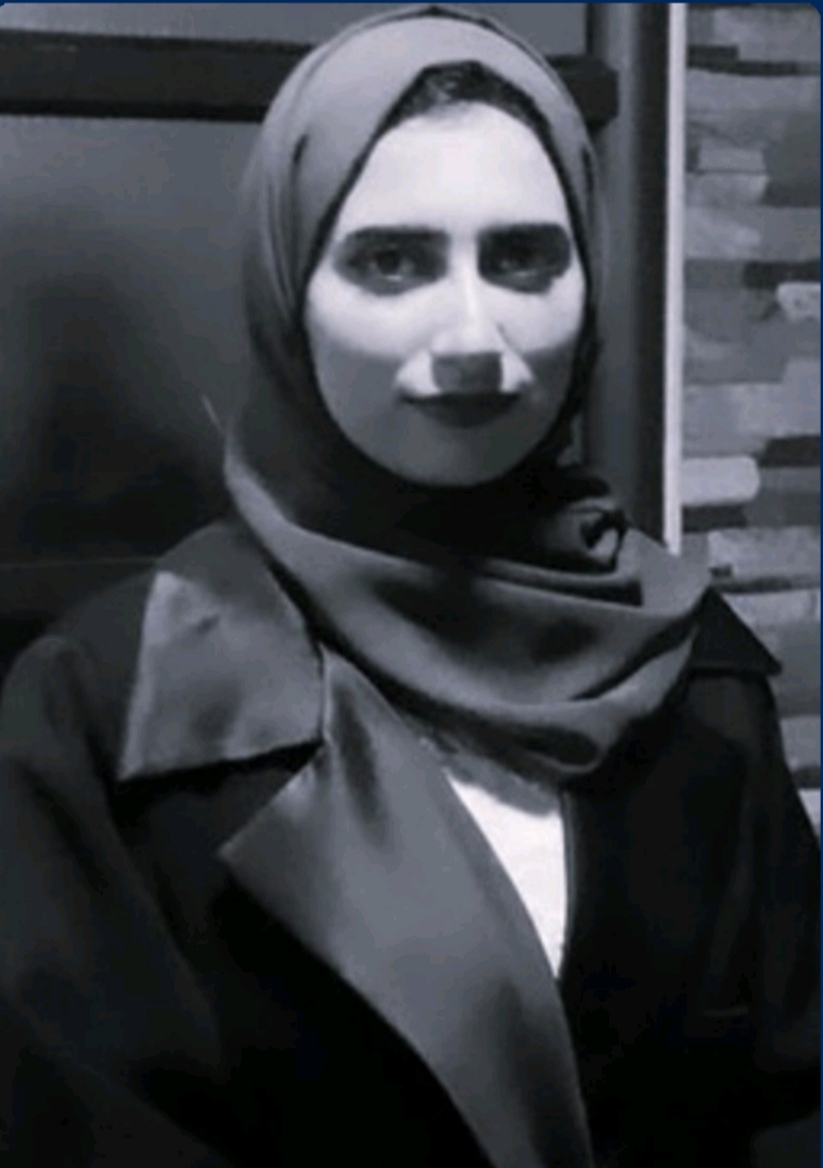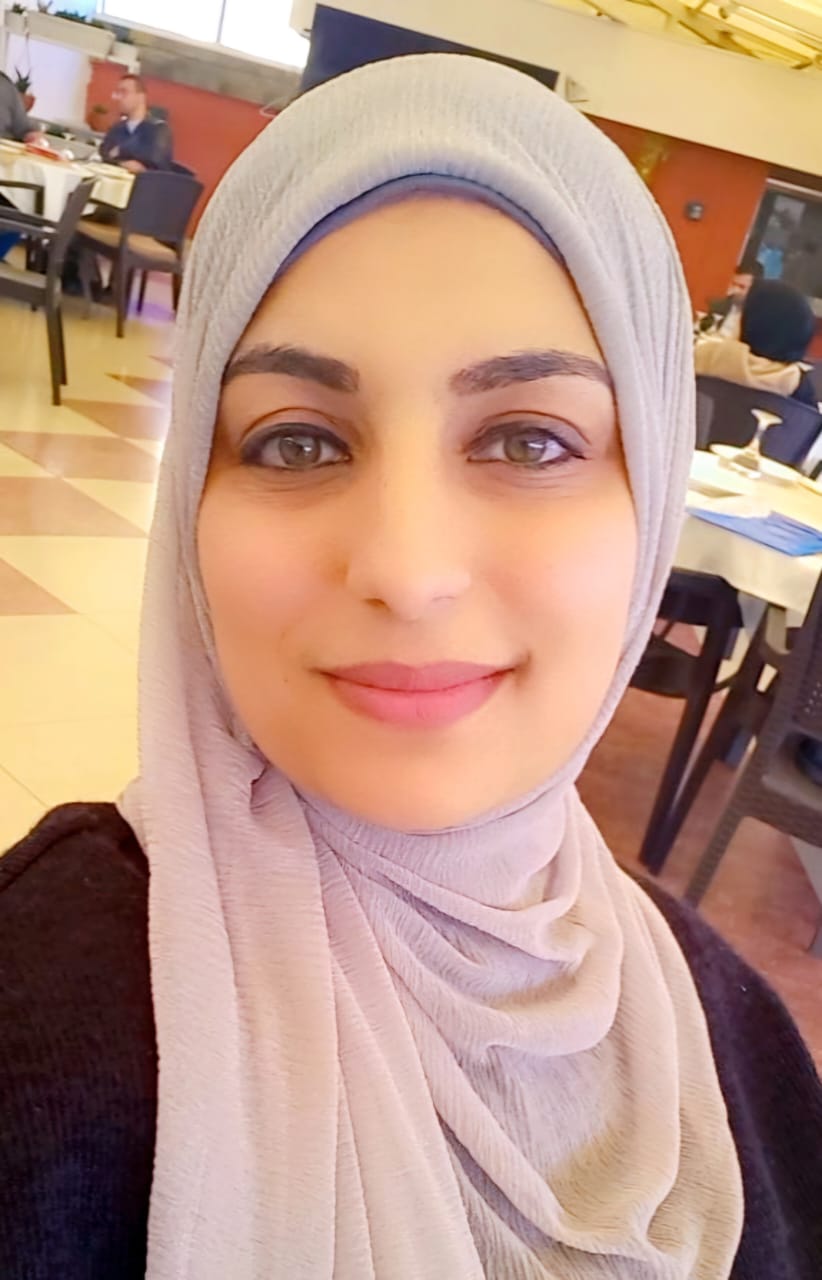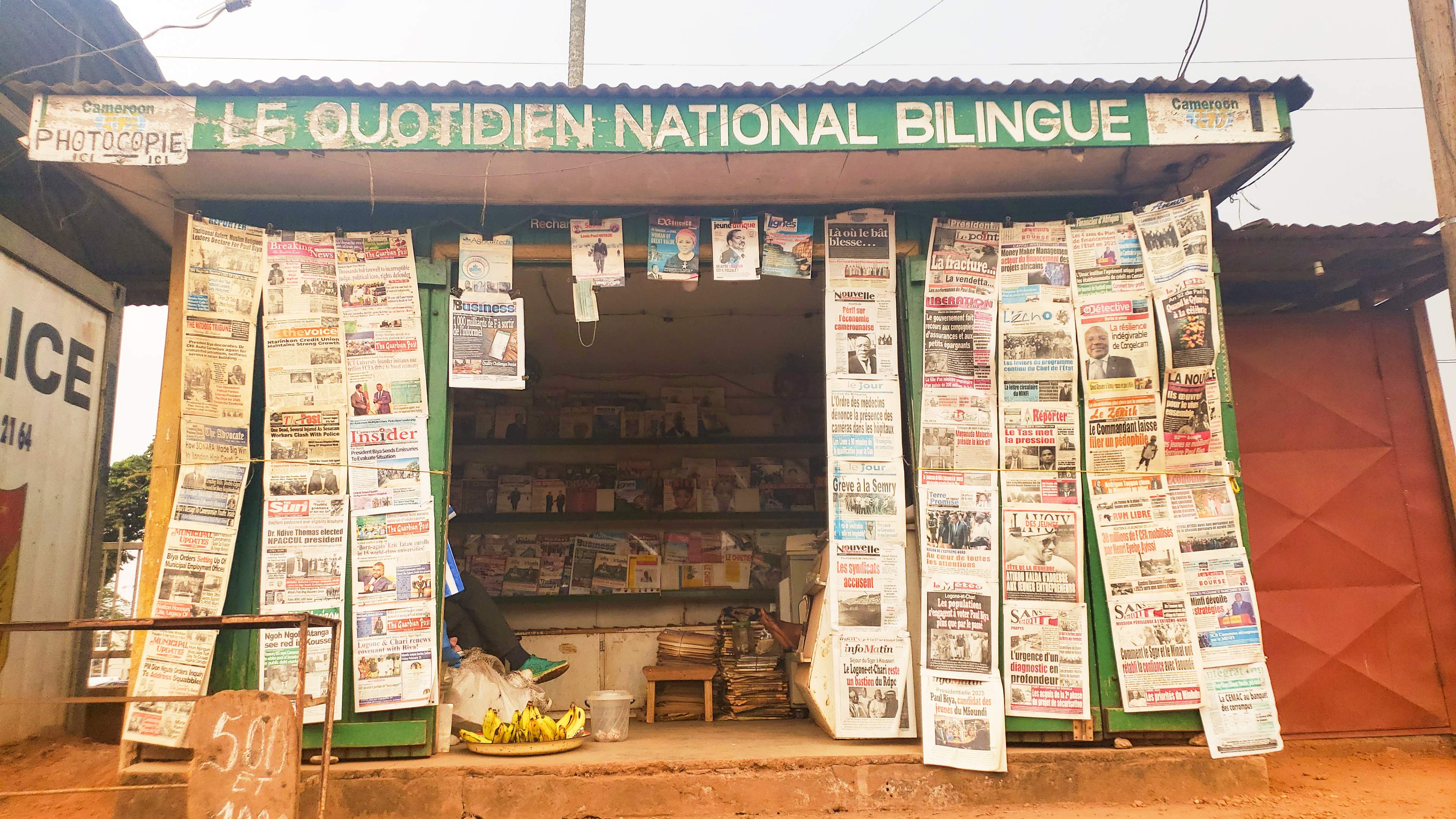لعل أحد أهم المبادئ التي تقوم عليها الكتابة الصحفية، وأكثرها صعوبة وصلابة، مبدأ الدقة.. الدقة في نقل الخبر وتغطية الحدث من مكانه وزمانه، إلى القارئ أو المستمع أو المشاهد. وتلك الدقة في كتابة الأخبار ونقلها، هي من أقل المبادئ مرونة وقابلية للمراوغة، ومن واجب الصحفي أن يلتزم بأكبر قدر ممكن منها، مدفوعا بأخلاقيات المهنة التي اختار أن يمارسها، ومحكوما بالتفاصيل التي يجمعها عن حدث عاجل، أو عن قصة يتتبع خيوطها منذ زمن.
خيط رفيع
ما ينطبق على مبدأ الدقة في نقل الأخبار وتوثيق الأحداث، ينطبق -نظريا- على بناء القصص في الأدب والخيال. وبين والواقع والخيال، وبين الصحافة والأدب، خيط رفيع جدا يفصل سرد وتركيب الأحداث الخيالية عن نقل وتحرير الأخبار الواقعية.. خيط تمكن الصحفي "ستيفن غلاس" (Stephen Glass) من تحريكه بذكاء لافت، واستخدامه لصياغة قصص صحفية من وحي خياله الشخصي، قصص كتبها ونشرها كأنها تحقيقات واقعية أثناء عمله في مجلة "ذا نيو ريبابليك" (The New Republic) منتصف التسعينيات، قبل أن تنكشف الخدعة ويتحطم قصر الزجاج السردي الذي بناه لسنوات دون أن يدرك أي من محرري أو قراء إحدى أشهر مجلات العاصمة الأميركية؛ أن كل ما كان يكتبه ذلك الصحفي الشاب الصاعد محض خيال، خيال حاكه غلاس بمبدأ الدقة، وركب تفاصيله بعناية جعلته يبدو كما لو كان واقعا رصده بمهارة صحفية باهرة.
يحكي فيلم "زجاج محطم" (Shattered Glass) قصة صعود ستيفن غلاس سلم الشهرة الصحفية في واشنطن منتصف تسعينيات القرن الماضي، وتفاصيل سقوطه المدوي الذي حطم مسيرته الصحفية وأنهاها بفضيحة تبدو هي الأخرى –لغرابتها- كأنها وحي من خيال.
لمع نجم غلاس وهو في بداية عشرينيات عمره بين عامي 1995 و1998 أثناء عمله في مجلة "ذا نيو ريبابليك" التي تأسست في واشنطن عام 1914، وكانت أثناء عمل غلاس فيها تعد من أهم المجلات في عاصمة الولايات المتحدة، إذ كان جل قرائها من النخبة السياسية والاجتماعية في مركز السياسة الأميركية.
يصور الفيلم -الذي كان أول عمل إخراجي للكاتب بيل راي- قصة غلاس اقتباسا من مقال مطول نشره "باز بيسينغر" (BuzzBissinger) في مجلة "فانيتي فير" في سبتمبر/أيلول 1998، بعد فضيحة غلاس التي هزت الأوساط الصحفية الأميركية حينها. فقد أورد المقال لأول مرة تفاصيل وقوع غلاس في فخ القصص التي كان يزوّر أجزاء منها أو يختلقها من وحي خياله بالكامل، حيث أوضحت مجلة "ذا نيو ريبابليك" بعد انكشاف الحقيقة وتحقيق فريقها في 41 قصة نشرها غلاس طوال عامين ونصف من عمله في الجريدة، أن 27 قصة منها إما مفبركة تماما أو مبنية بالأساس على معلومات خيالية، أو أن أجزاء كبيرة منها ألفها الكاتب دون مصادر واقعية.
ومزج بيل راي في فيلمه بين خطين سرديين: في أحدهما يحاضر ستيفن غلاس -الذي أدى دوره ببراعة الممثل الكندي هايدن كريستنسن- أمام جماعة من طلبة الصحافة؛ عن أخلاقيات الصحافة وطبيعة العمل الصحفي في مجلة "ذا نيو ريبابليك"، وما يتطلبه من دقة ومراجعة وما يمر به من مراحل لتنقيته وتنقيحه والتأكد من سلامة المعلومات الواردة فيه. وعلى الخط السردي الثاني، يقدم المخرج قصة العمل اليومي لغلاس، واحتفاء زملائه به، وصعوده كصحفي شاب يكتب قصصا مميزة جعلته محط أنظار وأسماع القراء والعاملين في الصحافة على حد سواء.
تحطم الزجاج
في مقاله الذي يحمل نفس اسم الفيلم "زجاج محطم"، وصف الصحفي باز بيسينغر ما قام به ستيفن غلاس بأنه شبكة من الخدع المُحكمة التي كُشفت لتظهر معها أكبر فضيحة تزوير في التاريخ الحديث للصحافة. وفي الإطار السينمائي للفيلم، يصور بيل راي خيوط تلك الشبكة بواقعية كبيرة، معتمدا بالأساس على الأصوات الطبيعية والزوايا الواسعة، ليُدخل المشاهد منذ بداية الفيلم في إطار قصة نجاح غلاس، قبل أن يتحول به فجأة إلى سرد تحقيقي يكشف بالتدريج والتفصيل تزوير غلاس لآخر قصة كتبها في المجلة، ونشرها بعنوان "اخترق الجنة" (Hack Heaven)، وأورد فيها تفاصيل -اتضح لاحقا أنها مفبركة تماما- لصفقة تراضٍ فرضها قرصان مراهق على إحدى الشركات بعدما اخترق أنظمتها الإلكترونية.
وقع غلاس في فخ لم ينصبه لنفسه، فخ "المتابعة الصحفية"، حيث جاءت أولى بوادر انكشاف خدعته عندما حاول الصحفي في مجلة "فوربس" آدم بيننبرغ(Adam Penenberg) تتبع القصة، وحاول الاتصال بوكيل أعمال القرصان الذي ذكره غلاس في مقاله "اخترق الجنة"، ولما لم يفلح في ذلك، حاول الاتصال بغلاس، ثم بمدير تحرير المجلة التي يعمل فيها، لعله يحصل على طريقة للتواصل مع مدير أعمال القرصان، لتبدأ الأحداث بعد ذلك تتوالى، وتتكشف خيوط الخدعة الكبرى التي نسجها غلاس، وتنتهي باعترافه بأن القصة لا أساس لها من الصحة، واقعيا على الأقل.
كتب غلاس القصة وأورد فيها معلومات وأسماء ومواقع وتواريخ لم تكن يوما واقعا عاشه أي أحد. وفات على المدققين في المجلة أن يتأكدوا من فبركة ذلك كله، لأنهم -كما قال الناقد الراحل روجل إيبرت في مراجعته للفيلم- "كانوا يدققون في الأشجار لا في الغابة كلها، ولم يخطر لهم على بال أن قصة كاملة قد تكون مختلقة من الألف إلى الياء". وما إن اتضح زيف تلك القصة وسرت صدمتها في الجسد الصحفي لمجلة تكاد تكمل مئة عام من النشر، حتى بدأ التحقيق في قصص غلاس السابقة، ليتضح بعد التدقيق أن أكثر من ثلثيها إما مفبرك بالكامل أو يحوي تفاصيل وأسماء مختلقة.
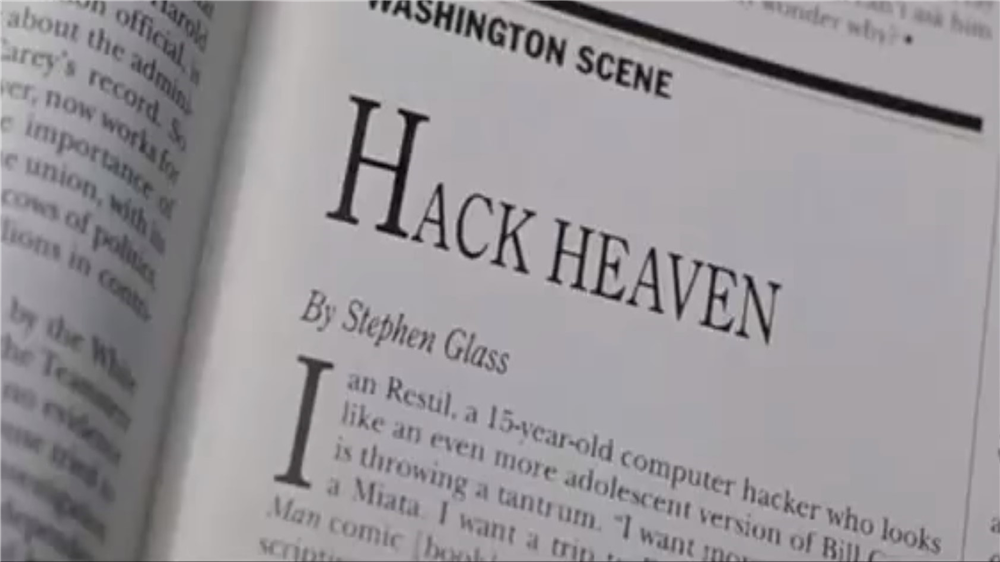
ما بعد الحطام
بعد خمس سنوات من انكشاف الوهم الذي صنعه ستيفن غلاس، وفي مقابلة أجرتها معه قناة "سي.أن.أن" عام 2003 أثناء عرض الفيلم الذي يحكي قصته، قال غلاس إن الفيلم كان بالنسبة له رعبا، وإنه لم يتمكن من مشاهدة معظم لقطاته. وفي جواب على سؤال المذيعة عن السبب الذي جعله يفعل ما فعله ويزوّر 27 قصة صحفية، لم يبدُ على وجهه وجل من أن يعترف بأنه كان يكذب، معللا ذلك برغبته آنذاك في الحصول على إعجاب زملائه وأقرانه ومن حوله، حتى لو كان ذلك على حساب أحد أهم المبادئ التي تحكم المهنة التي اختارها. وربما ساعده في ذلك عدم اعتماد المجلة التي كان ينشر فيها على الصور، فقد كانت كل القصص التي تنشر فيها مقتصرة على النصوص الصحفية. والنص الصحفي -كما أثبتت قصة غلاس- قد يراوح بين الحقيقة والخيال دون أن يلفت انتباه المدققين والمحررين، إذا أحكمت حبكته الفنية وبنيت حوله شبكة من الأدلة التي تضبط تماسكه الداخلي.
يمثل فيلم "زجاج محطَّم" غوصا سينمائيا في تفاصيل إحدى أشهر الفضائح التي عصفت بالصحافة الأميركية في العقود الثلاثة الماضية، ويمكن النظر إليه لا كتأريخ لتلك الفضيحة فحسب، بل كدرس في العمل الصحفي وقواعده ومخاطره، وبرهان على الخيط الرفيع الفاصل بين عمل الصحفي وعمل الأديب، إذ كلاهما قاص، سوى أن الأول يقص حكايا الواقع، والثاني ينسج قصص الخيال.
سيبقى اسم ستيفن غلاس راسخا في الذاكرة الجمعية للصحافة الأميركية والعالمية، مثالا للصحفي الشاب الصاعد الناجح، الذي ما كاد يبلغ أوج تألقه وعطائه حتى هوى صرح الخيال الذي بناه، ليحطم مسيرته ويطفئ بريقه. ويبدو الفيلم اليوم أكثر إلحاحا في عالم مثقل بانتشار الأخبار المفبركة والمختلقة والزائفة، وصحافة تواجه تحديا حقيقيا في الحفاظ على مبادئها وأصولها المهنية، في وجه سيولة وسهولة بث الأخبار ونشرها، وما تتيحه وسائل اليوم من أدوات ومنافذ للجميع كي ينشروا ويبثوا ما يريدون. يبدو "الزجاج المحطم" اليوم فيلما ليس فقط عن ستيفن غلاس وقصته، بل عن واقع الصحافة اليوم، وما يطرحه ذلك الواقع من أسئلة جذرية بشأن مصدر القصة وأمانة الصحفي.
